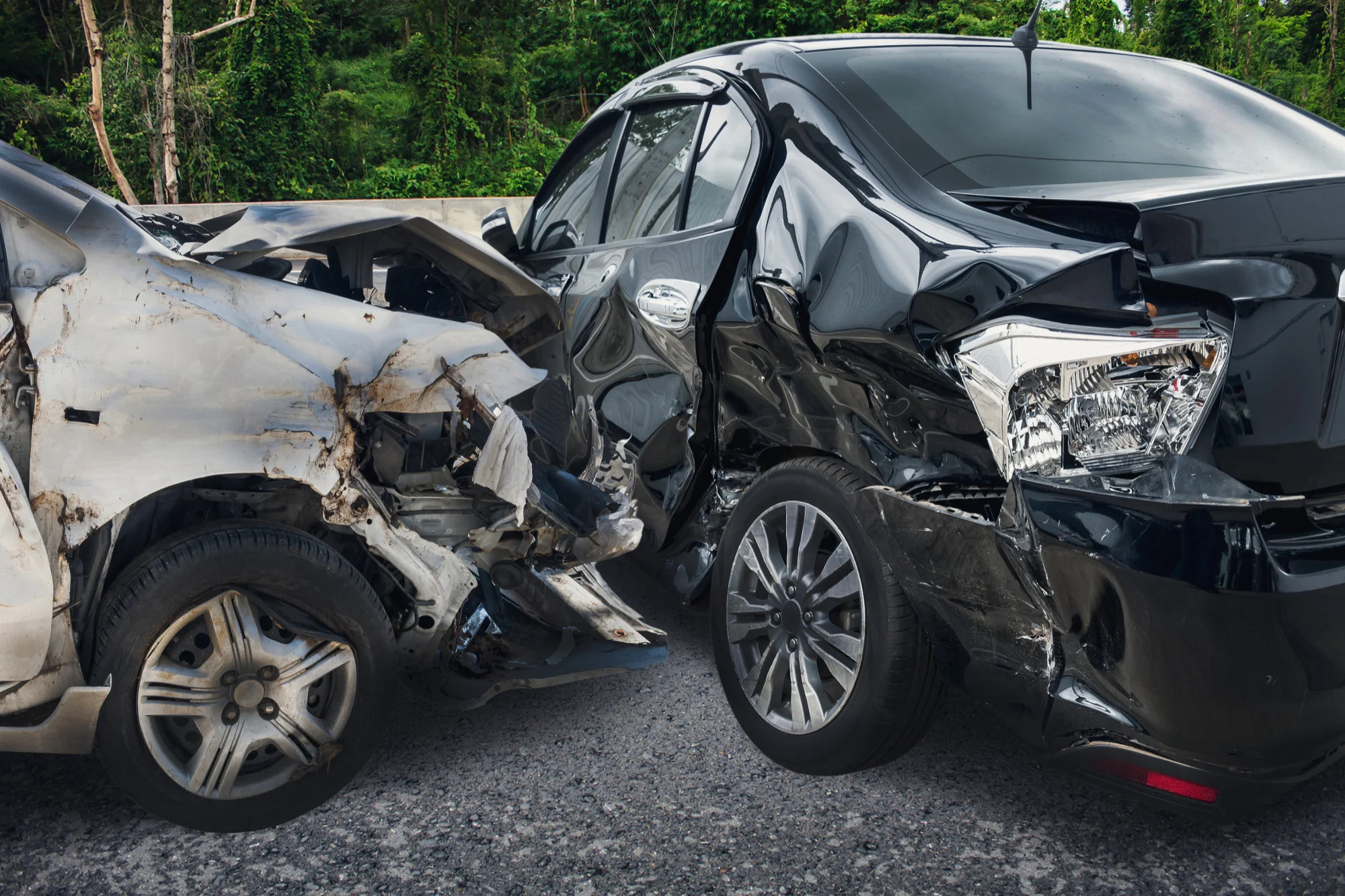
Reducing pedestrian crashes takes shared effort from drivers, pedestrians, city planners, and lawmakers. Pedestrians are among the most at-risk people on the road, but many crashes can be avoided with the right safety steps and road design.
Key ways to reduce pedestrian accidents include alert driving, pedestrian awareness, safer roads, strong traffic enforcement, and new vehicle safety tools.
Drivers should stay focused, follow speed limits, slow down in crowded areas, and watch for pedestrians at crosswalks and intersections. Pedestrians should use sidewalks, obey signals, and walk facing traffic when there are no sidewalks.
Cities can help limit pedestrian accident injuries by improving lighting, lowering speed limits, and adding traffic-calming features like speed bumps. Technology also plays a part, from smart traffic signals to vehicles that can detect people on the road.
Even with these efforts, accidents still happen. If you’ve been hit by a car, it’s important to talk to an experienced pedestrian crash attorney who knows Michigan’s pedestrian laws and can protect your rights.
Driver Tips To Help Prevent Crashes
Drivers can limit the risk of hitting pedestrians by following these tips:
- Obey speed limits – Especially in neighborhoods, school zones, and busy city areas.
- Drive cautiously in poor weather – Rain, snow, and fog make it harder to see and stop.
- Avoid distracted driving – Don’t use your phone or look away from the road.
- Don’t drive under the influence – Drugs and alcohol slow your reaction time.
- Watch for crosswalks – Be alert at both marked and unmarked crosswalks. Always yield.
- Slow down where foot traffic is high – Downtowns, shopping centers, schools, and transit stops need extra caution.
- Never pass a stopped car at a crosswalk – They may be yielding to a pedestrian you can’t see.
- Make eye contact with pedestrians – If possible, confirm they see you before crossing
How Pedestrians Can Stay Safe and Visible
Pedestrians also play a role in preventing crashes. Follow these safety tips:
- Use sidewalks when possible – If there’s no sidewalk, walk facing oncoming traffic.
- Cross at intersections or marked crosswalks – Don’t cross in the middle of the street.
- Obey all traffic signals – Only cross when the signal says it’s safe.
- Avoid walking on highways or restricted roadways – In Michigan, pedestrians are not allowed on limited-access highways (MCL 257.679a).
- Be alert at dusk and night – Most fatal crashes happen between 6:00 and 7:00 PM.
- Wear reflective or light-colored clothing in low light – It helps drivers see you sooner.
When and Where These Types Of Crashes Happen Most
Understanding the most dangerous times and locations for pedestrians can help prevent crashes. According to Michigan Traffic Crash Facts, the most dangerous time, day, month, and location are:
- Time of Day – Most fatal pedestrian crashes in Michigan occur between 6:00 PM and 7:00 PM.
- Day of the Week – Fridays have historically been the most dangerous day for pedestrians.
- Month – October (alongside August) sees the highest number of pedestrian deaths in Michigan.
- Location – Many crashes occur in urban centers like Detroit, Grand Rapids, and Ann Arbor, often at intersections or busy commercial corridors.
Infrastructure and Policy Solutions That Make a Difference
Cities can prevent crashes with better design, smart policies, and tech upgrades:
- High-visibility crosswalks – Especially at mid-block locations and busy intersections.
- Traffic calming devices – Speed bumps, curb extensions, and pedestrian refuge islands slow down cars.
- Improved lighting – Well-lit streets and intersections help drivers spot pedestrians in time to stop.
- Winter sidewalk maintenance – Removing snow and ice limits slips and improves visibility.
- Lower urban speed limits – Slower traffic limits both crash frequency and severity.
- Smart signals – Pedestrian-priority signals can help people cross safely at busy intersections.
- Enforcement of existing laws – Ticketing drivers who fail to yield, speed, or use their phones while driving can deter risky behavior.
The Role of Technology in Preventing Pedestrian Collisions
Technological advances are also helping limit crashes with people traveling on foot:
- Pedestrian detection and automatic braking – Newer vehicles are equipped with systems that can identify pedestrians and apply the brakes automatically.
- AI-powered traffic systems – Smart signals adjust to traffic patterns and pedestrian activity.
- Automated enforcement cameras – These help enforce red-light and speed violations near crosswalks and schools.
- Apps and alerts – Mobile apps and GPS can notify drivers of nearby pedestrian zones.
Why You Need a Lawyer After a Pedestrian Crash
Even with safety tools and rules, accidents still happen. If you’re hit, the legal process can be confusing. You may be able to get:
- Pain and suffering damages – If your injuries meet Michigan’s serious impairment threshold.
- Excess medical bills and lost wages – That go beyond No-Fault coverage limits.
- No-Fault PIP benefits – Which include medical expenses, wage loss, household replacement services, and more (MCL 500.3105).
An attorney can help:
- File your No-Fault application within the strict one-year deadline (MCL 500.3145).
- Protect you from insurance tactics that may lead to unfair settlements or denied claims.
- Guide you through hit-and-run or uninsured motorist issues.
- Build a strong case by investigating fault, gathering evidence, and negotiating with insurers.
An experienced pedestrian crash lawyer understands Michigan’s laws and will fight to get you the benefits and money you deserve. Don’t wait. Delays can hurt your case.
